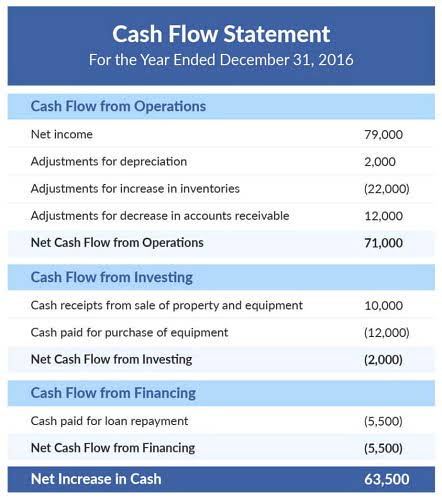
Between the start and end of a project, companies must maintain construction accounting records to track costs and revenues. It’s a method a construction company uses to record and report financial transactions and progress from beginning to end. It’s also crucial when a company needs to secure bank loans, demonstrate bond capacity, and receive audit and assurance services. This section provides detailed insights into the procedures and protocols involved in construction in progress accounting.

Distinguishing Between Fixed Assets and Construction in Progress
Construction in progress, or most commonly known as CIP, is a fixed asset account with a natural debit balance. Sophisticated construction accounting software integrated with project scheduling and costing tools can prove pivotal in navigating CIP complexities. Pros https://www.bookstime.com/bookkeeping-101 – Reflects income and asset valuation accurately per completion level. The construction industry relies extensively on contracting agreements that dictate project scope, pricing terms, risk allocation, and payment plans aligned to work completion stages.

Choosing The Optimal Construction Accounting Method

Software solutions like QuickBooks Enterprise or Oracle’s JD Edwards EnterpriseOne can provide the necessary functionality to manage complex financial data across multiple projects. These platforms allow for real-time tracking of expenses, cip accounting revenue recognition, and financial reporting, thereby enabling better decision-making and financial control. Construction companies and contractors understand construction projects can span months or years before completion due to the scope of work.
Construction-in-Process (CIP) Accounting Explained
- Drones – Aerial footage feeds video recognition systems to track progress and expenditures based on items completed or materials delivered.
- High risks from contract disputes, design delays, etc lean towards a completed approach.
- The construction execution stage is where the actual construction work takes place.
- Overbilling refers to charging more than the actual work completed, while underbilling occurs when the amount billed is less than the work performed.
- Each of these methods has its own set of advantages and is chosen based on the nature of the project and the reliability of the measurement criteria.
Accurate CIP tracking paves the way for successful on-time and on-budget project delivery – delivering immense value for construction firms and their stakeholders. Cash Flows – Flawed CIP cost projections can impact operational and financing decisions by presenting an inaccurate picture of future cash flow requirements. Given the long project timelines, evolving plans, and complexity of construction activities, having rigorous internal controls around CIP accounting is crucial. The journal entry for WIP includes debits to WIP inventory for the costs of direct materials, direct labor, and manufacturing overhead.

Because the expansion is complete and in service, the equipment in this example will begin depreciating as other fixed asset accounts do. After the construction has been completed, the relevant building, https://www.instagram.com/bookstime_inc plant, or equipment account is debited with the same amount as construction in progress. After the completion of construction, the company will record depreciation on the asset.

